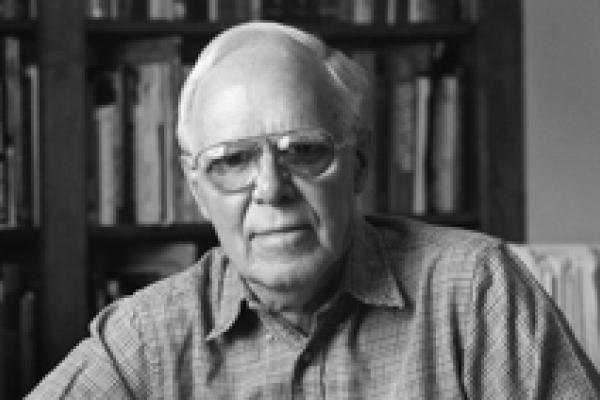Article


Five Martin Gardner eye-openers involving squares and cubes
This week would have been the 100th birthday of Martin Gardner, who is deservedly credited with turning on several generations of people worldwide to the pleasures of maths! To mark the occasion here are some favourite puzzles that, apart from being fun, also lead to some serious maths.

